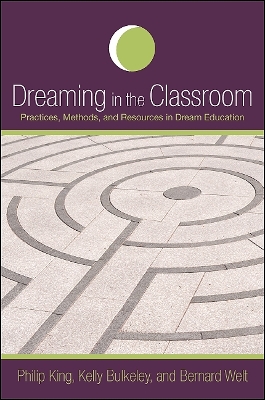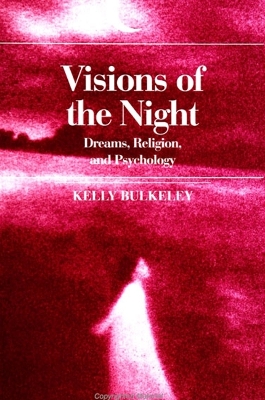SUNY series in Dream Studies
3 total works
This wide-ranging exploration of the spiritual and scientific dimensions of dreaming offers new connections between the ancient wisdom of the world's religious traditions, which have always taught that dreams reveal divine truths, and the recent findings of modern psychological research. Drawing upon philosophy, anthropology, sociology, neurology, literature, and film criticism, the book offers a better understanding of the mysterious complexity and startling creative powers of human dreaming experience. For those interested in gaining new perspectives on dreaming, the powers of the imagination, and the newest frontiers in the dialogue between religion and science, Visions of the Night promises to be a welcome resource.
This interdisciplinary study of the religious dimensions of dreams shows how modern dream research supports and enriches our understanding of religiously meaningful dreams.
The Wilderness of Dreams does four things that no other work on dreams has done. First, it surveys the whole range of modern dream research—not just the work of depth psychologists and neuroscientists, but also the findings of anthropologists, content analysts, cognitive psychologists, creative artists, and lucid dreaming researchers. Second, it draws upon new advances in hermeneutic philosophy in order to clarify basic questions about how to interpret dreams. Third, it develops a careful, well-grounded notion of religious meaning—the "root metaphor" concept—to show that seeking religious meanings in dreams is not mere superstition. And fourth, the book reflects on the question of why modern Westerners are so interested in affirming, or debunking, the idea that dreams have religious meanings.
The Wilderness of Dreams does four things that no other work on dreams has done. First, it surveys the whole range of modern dream research—not just the work of depth psychologists and neuroscientists, but also the findings of anthropologists, content analysts, cognitive psychologists, creative artists, and lucid dreaming researchers. Second, it draws upon new advances in hermeneutic philosophy in order to clarify basic questions about how to interpret dreams. Third, it develops a careful, well-grounded notion of religious meaning—the "root metaphor" concept—to show that seeking religious meanings in dreams is not mere superstition. And fourth, the book reflects on the question of why modern Westerners are so interested in affirming, or debunking, the idea that dreams have religious meanings.


